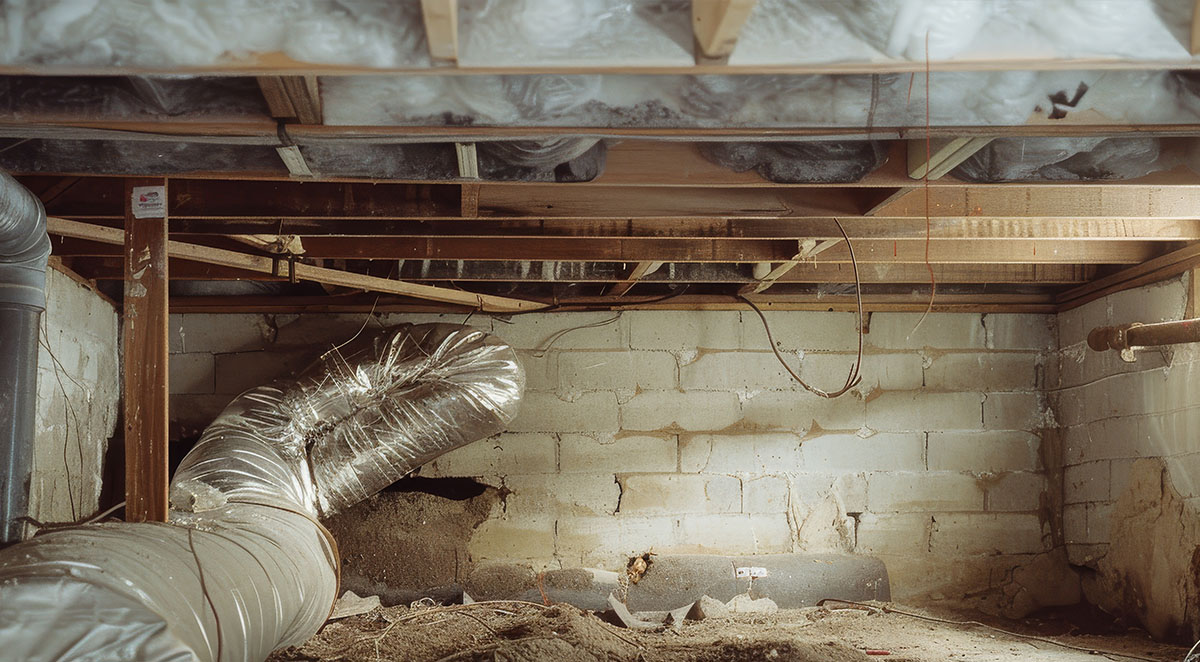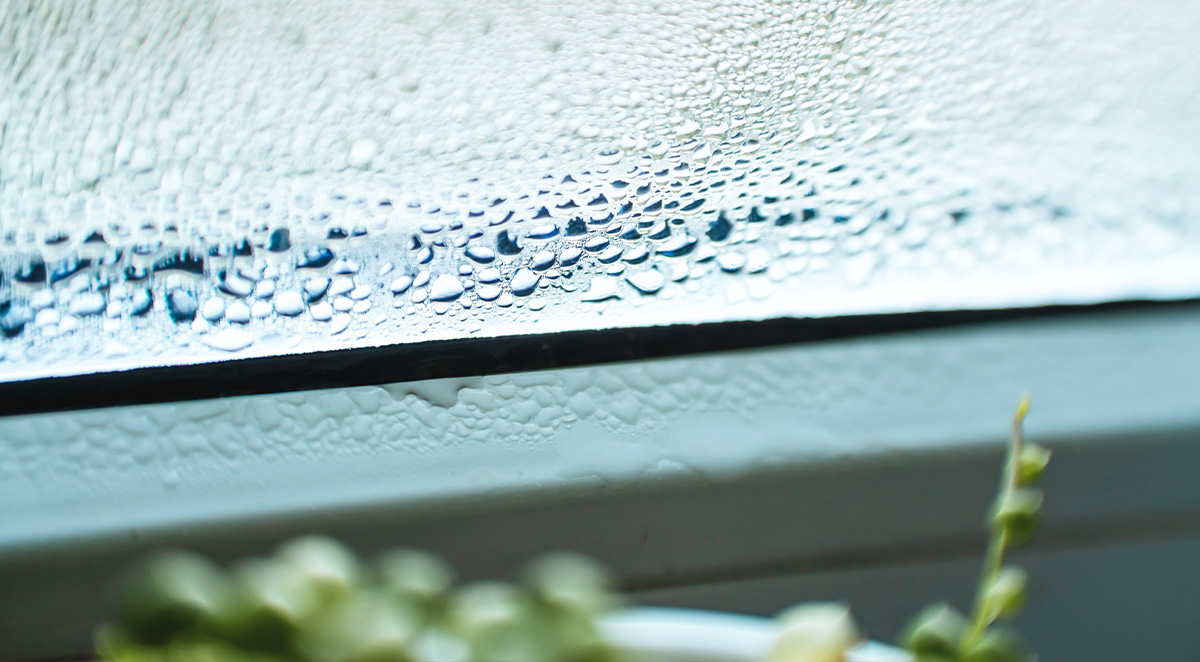Blog
Your home's crawl space might be out of sight, but it should never be out of mind. This often-neglected area under your home can become a paradise for pests when left unprotected. At Neuse Termite and Pest Control, we've seen firsthand how proper crawl space encapsulation not only protects your home's structural integrity but serves as a powerful pest prevention strategy.
As a commercial property manager, you juggle countless responsibilities daily—from tenant relations and maintenance coordination to budget management and regulatory compliance. Among these critical tasks, proper pest management often emerges as both a persistent challenge and a significant compliance concern.
Few pest problems strike as much dread in homeowners as bed bugs. These tiny, resilient insects have made a remarkable comeback in recent decades, affecting homes across all socioeconomic levels throughout North Carolina. Their ability to hide in the smallest cracks, reproduce rapidly, and resist many DIY treatments makes them particularly challenging to eliminate.
Owning a vacation home in North Carolina offers a wonderful escape, whether it's a coastal retreat, a mountain cabin, or a lakeside getaway. However, these seasonal properties face unique pest challenges when left unoccupied. Vacant homes become particularly vulnerable to unwanted visitors, from destructive termites to opportunistic rodents and everything in between.
Most homeowners focus on visible issues like peeling paint or cracked foundations, but moisture problems often lurk unseen behind walls, under floors, and in crawl spaces. These hidden dangers can lead to significant structural damage, pest infestations, and even health problems for you and your family. Understanding how moisture affects your home is the first step toward effective prevention and remediation.






